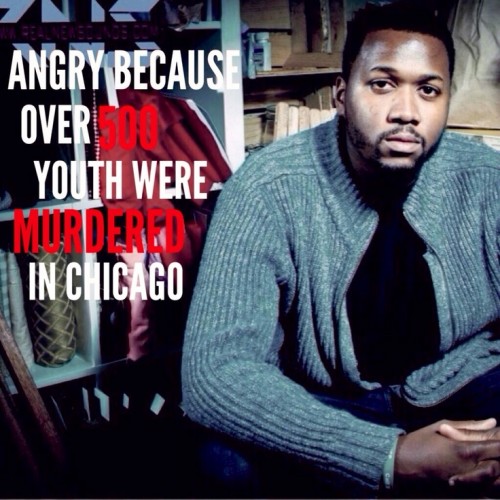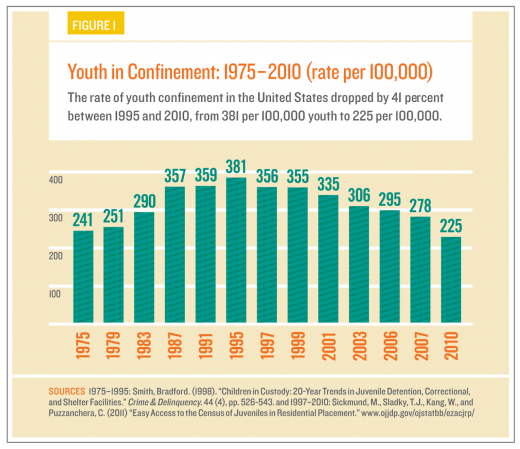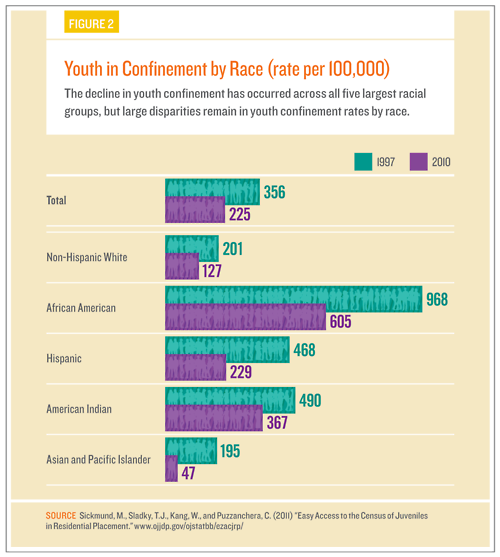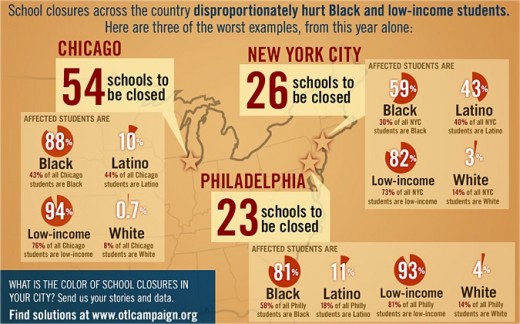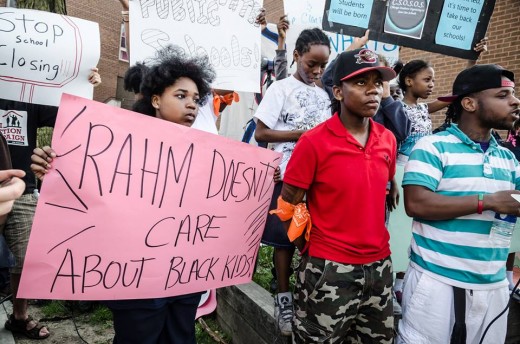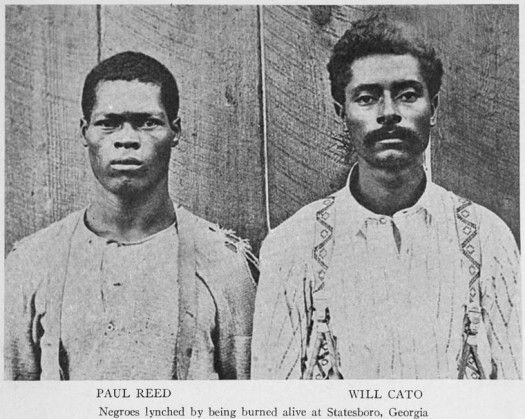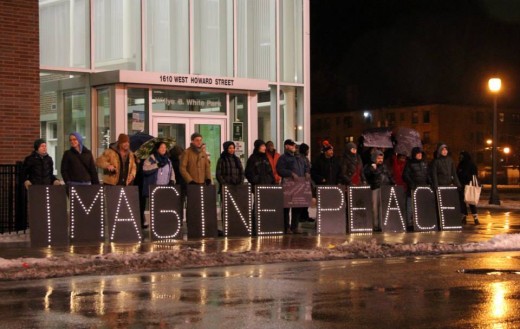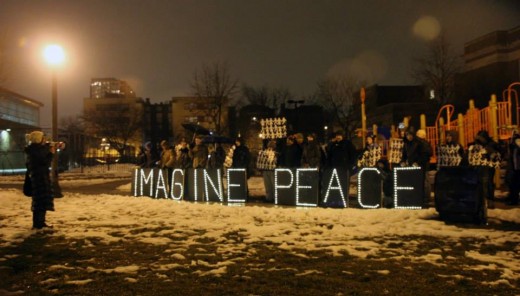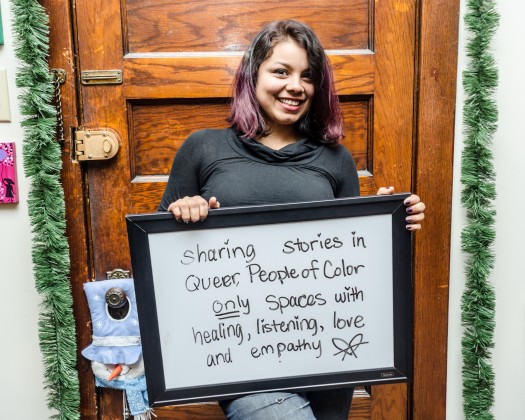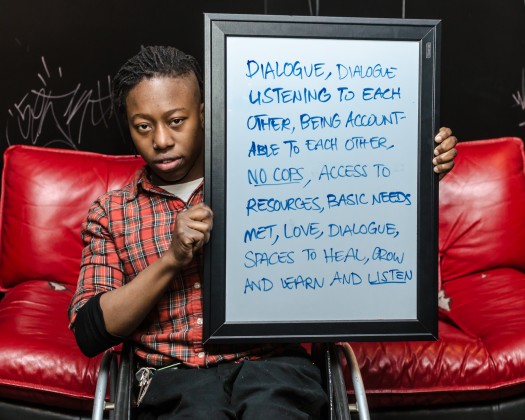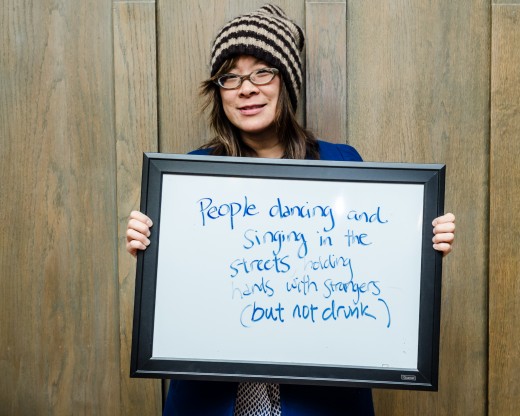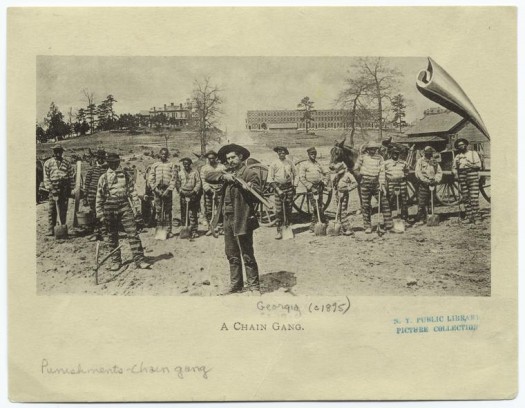The engine of the prison industrial complex unfortunately kept on chugging in 2013.
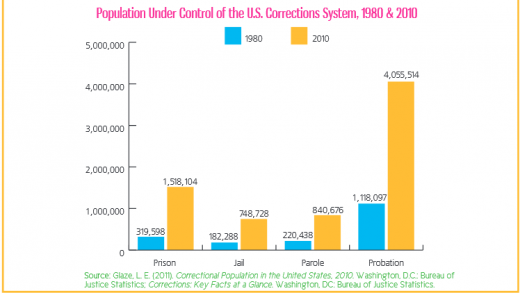
I wanted to highlight some of the key developments as I saw them during this year. There are so many things that I could have included and it was difficult for me to only choose fifteen to list. Truth be told, I initially only planned to feature 10 issues. That didn’t work out. Some things that aren’t on the list include the plea deals that Federal prosecutors coerce from drug defendants under threat of long prison sentences, the treatment of LGBTQ immigrants in detention centers, the political imprisonment of Chelsea Manning, Marissa Alexander leaving jail pending her March 2014 trial and more. Feel free to add your suggestions in the comments section.
1. The Federal prison population has grown to 219,000 people, an increase of 27% over the last decade.
Since 1980, the Federal prison population has exploded by 790 percent. Almost 50% of these prisoners are there for drug offenses. According to a new report (PDF) by the Urban Institute, Federal prison overcrowding will worsen if policy changes aren’t implemented. Federal prisons that are now 35 to 40 percent over capacity could reach 55 percent over capacity by 2023. The Justice Department’s budget for the federal prison system has increased from $5 billion in 2008 to $6.9 billion today.
The Government Accountability Office released a report this month about the Bureau of Prisons. In the report, the GAO attributes the increase of the Federal prison population to several factors including mandatory minimum sentences. In an attempt to address overcrowding, this summer, Attorney General Eric Holder gave “new instructions to federal prosecutors on how they should write their criminal complaints when charging low-level drug offenders, to avoid triggering the mandatory minimum sentences.”
[The Sentencing Project published an excellent fact sheet (PDF) outlining trends in U.S. corrections for those who want to learn more the scope of incarceration. Rosa Brooks’s essay in Foreign Policy provides a good overview about the incarceration nation.]
2. We were still sterilizing women in U.S. prisons as late as 2010.
This summer, the Center on Investigative Reporting broke the story that:
Doctors under contract with the California Department of Corrections and Rehabilitation sterilized nearly 150 female inmates from 2006 to 2010 without required state approvals, The Center for Investigative Reporting has found.
At least 148 women received tubal ligations in violation of prison rules during those five years – and there are perhaps 100 more dating back to the late 1990s, according to state documents and interviews.
From 1997 to 2010, the state paid doctors $147,460 to perform the procedure, according to a database of contracted medical services for state prisoners.
The women were signed up for the surgery while they were pregnant and housed at either the California Institution for Women in Corona or Valley State Prison for Women in Chowchilla, which is now a men’s prison.
Former inmates and prisoner advocates maintain that prison medical staff coerced the women, targeting those deemed likely to return to prison in the future
The state of California held hearings this fall to collect more information.
Below is a documentary titled “Sterilization Behind Bars” produced by the Center on Investigative Reporting released just last month.
3. Prisons are still sites of violence and abuse.
In April 2013, the U.S. Justice Department announced that it had launched an investigation of Julia Tutwiler Prison for Women. I had written about the allegations of abuse and violence last year. The DOJ announcement came several months after a scathing report about conditions and abuses at the prison was released by the National Institute of Corrections (NIC).
Tutwiler Prison was named by Mother Jones Magazine as one of America’s 10 Worst Prisons earlier this year.
Read more »
